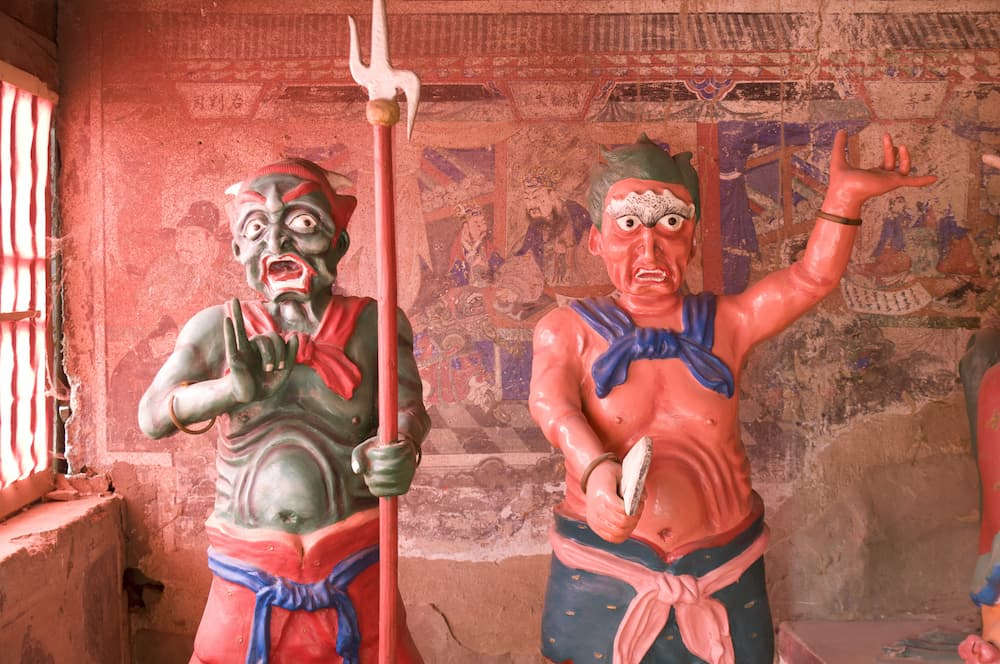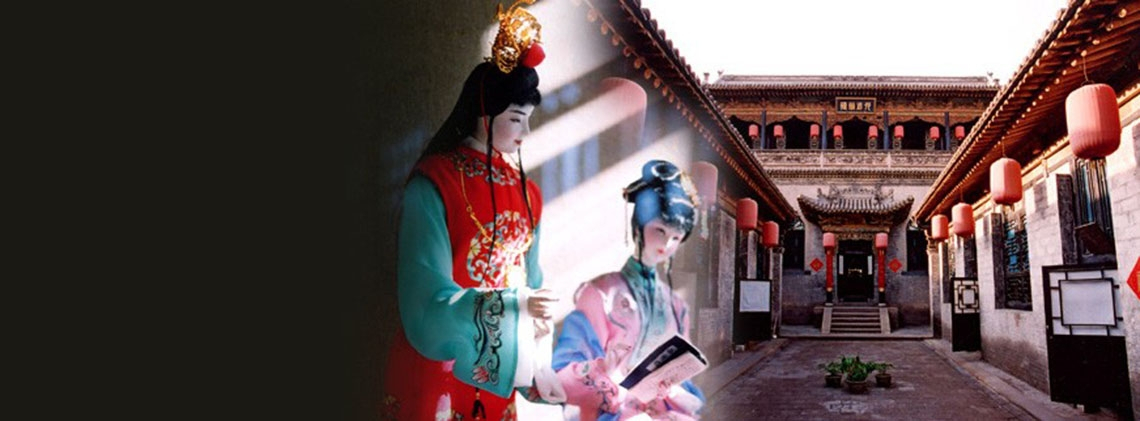
Bibliothecas and Libraries
Splendid
Chi Culture
Topic
Bibliothecas and Libraries
Cangshu lou (literally “storied buildings for storing books), or bibliothecas, were places where officials, private citizens or groups in ancient China stored books and documents. From bibliotheca to bibliotheca and from generation to generation, valuable Chinese books and records were preserved and passed down to the present day. Bibliothecas were also places where the ancients studied, conducted research, collated books, and printed from wood blocks. The circulation of books spreads culture, disseminates knowledge, propagates learning, and promotes social development.
Bibliothecas have two-thousand years of history in China. Over their long history, there gradually formed systematic approaches to the search for books, their protection, management, cataloguing, appreciation, and collation; these approaches even applied to the bibliotheca buildings themselves. Many outstanding book collectors and influential bibliothecas helped shape a unique bibliotheca culture; it is an exceptional accomplishment in traditional Chinese culture. There were three types of bibliothecas, varying according to its purpose: academic, private, and official. Ancient academies were different from official schools; their collections of books belonged to the institute and were open to students. Because they were public and open, they differed from official and private bibliothecas. The collection of books might have come from private donations given by citizens or officials, they might have been purchased by the academy with its own budget, awarded or presented as gifts from the imperial court, or solicited by administrative offices. Books in an academy were used for teaching; for this reason, most of them were Ruist classics and historical works, poetry and prose by famous authors, and books necessary for pragmatic studies. No unrefined or entertaining writings were available. On account of their public nature, the academies did not use old or rare editions. Private bibliothecas refer to the studios or pavilions found on the premises of book collectors. These bibliothecas had unique and elegant names such as Sishi (Longing for comfort) Studio, Xuanqing (Suspended qing [musical stones]) Studio, Jigu (Drawing forth antiquities) Pavilion, Baojing (Embracing the classics) Hall, and Wanjuan (Myriad volumes) Pavilion. In the Tang (618–907) and Song (960–1279) dynasties, private book collections were developed primarily because of the implementation of the imperial civil service examination system and the development of printing. In the Ming (1368–1644) and Qing (1644–1911) dynasties, private book collections, went from their original supplementary status to gradually replacing official book collections; this became an essential aspect of the bibliotheca. Though private libraries were not open to the public, they were not as heavily guarded as the books housed in imperial palaces. Book collectors often borrowed and copied from each other. An official bibliotheca was a library built by the local government and which owned the books therein. The origin and fruition of the official library system came earlier than it did for the private bibliotheca. Before the Tang dynasty and the Five Dynasties (907–960), private book collections were not yet common, and the official libraries were the main repositories of ancient books. There were three types of official libraries: imperial collections, central government collections, and local government collections. The imperial bibliotheca refers to the library situated inside the palace, which was used exclusively by emperors and imperial family members; because of its location, it was referred to as “the inner books.” The central government bibliotheca refers to the court library situated outside of the palace; to distinguish it from the imperial bibliotheca, it was referred to as “the outer books.” The books collected by the imperial families and the central government were representative of national book collections during certain eras. Along with the change and progress made in modern Chinese society, traditional bibliothecas, or libraries, were no longer needed and gradually withdrew from the historical stage. They were replaced by Western-style libraries.
The Western system of public book collection was created under capitalism. In the late Qing dynasty (late ninteenth–early twentieth centuries), the door to China was forced opened by the strong ships and powerful cannons of Western powers. This new Western influence accelerated social change and reforms in China. The Western library system with its emphasis on public use was introduced, and in the early twentieth century, the Qing court reformed the educational system and established new-style schools and libraries. These two measures, equally important, were considered to have saved the nation. In the meanwhile, the Qing court established the national library—the Imperial Library of Peking (today’s National Library of China). The Qing court further formulated pertinent articles and regulations for libraries, and instructed all local governments to establish libraries. Compared with the traditional bibliothecas which were private and closed, the modern library offers several special features: it is run according to specific policies and procedures; it is guaranteed financial support; it offers non-specialized and popular books for the general public; and, following certain regulations, it is open to the general public. A library is a free service site where the general public can learn about culture, find information, and even receive scientific education. Along with modernization in Chinese society—learning from and imitating the system of Western public libraries, inspiring the intelligence of the people, and improving the quality of the people—public libraries have become one of the important political reforms, which make China a stronger nation.
After the founding of the People’s Republic of China, libraries received unprecedented attention. The trend is for sophisticated information technology and materials development. One library after another has been constructed, paving the way for important contributions towards the early realization of national modernization.







